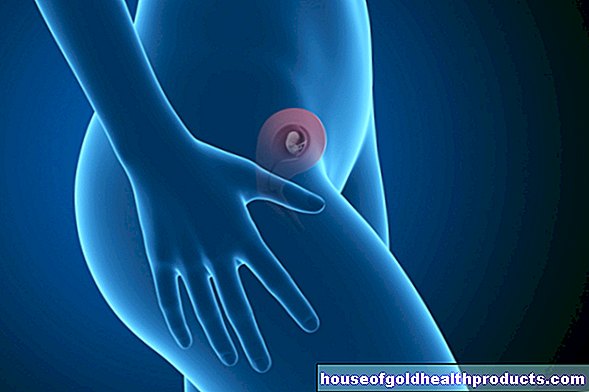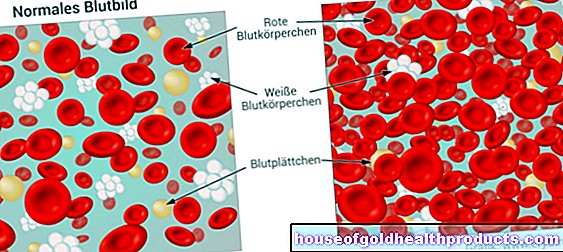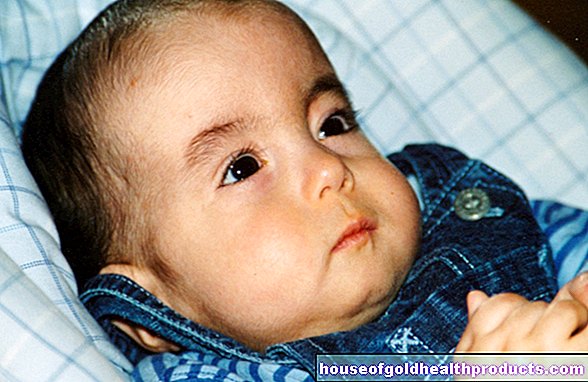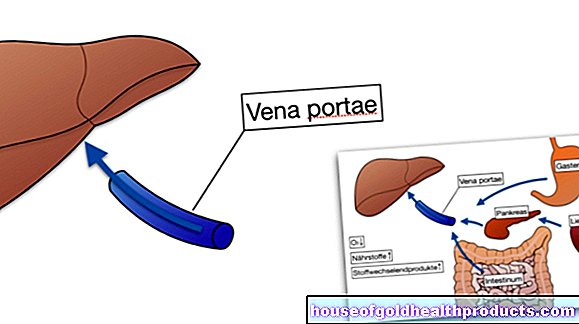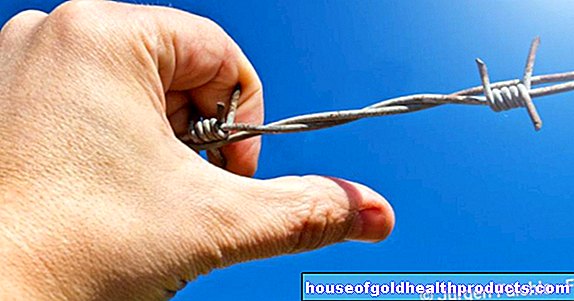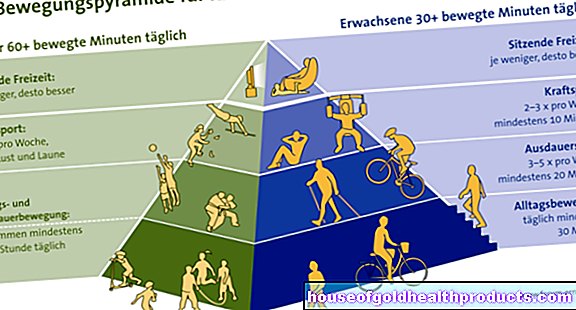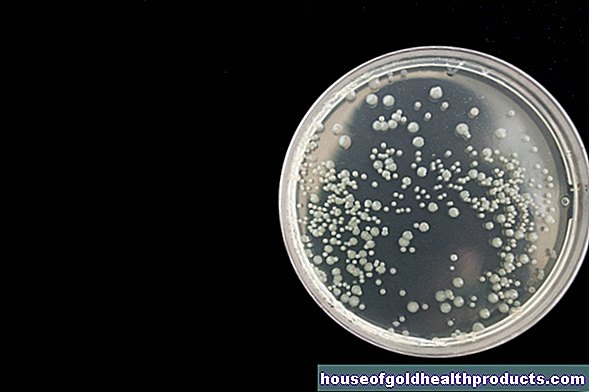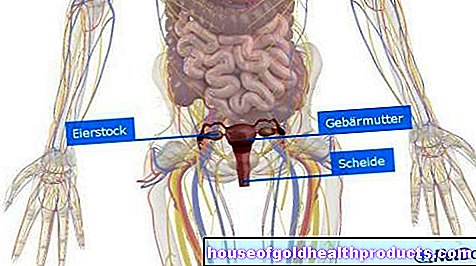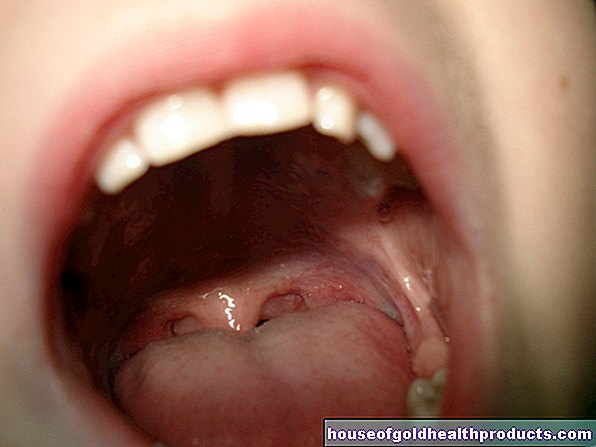Bile acid
and Eva Rudolf-Müller, doctorDr. med. Andrea Reiter is a freelance writer for the medical editorial team.
More about the expertsEva Rudolf-Müller is a freelance writer in the medical team. She studied human medicine and newspaper sciences and has repeatedly worked in both areas - as a doctor in the clinic, as a reviewer, and as a medical journalist for various specialist journals. She is currently working in online journalism, where a wide range of medicine is offered to everyone.
More about the experts All content is checked by medical journalists.Bile acid is formed in the liver and released into the intestine via the bile duct - along with the other components of bile. It is essential for the absorption of fat from the intestine and for fat digestion. Bile acids are "recycled" from the intestine. If its mucous membrane is damaged, they cannot be taken up again and are lost to the body. Learn more about it!
What are bile acids?
Bile acid is formed from cholesterol and is a component of the bile. It is essential for fat digestion. The most important bile acids are cholic acid and chenodeoxycholic acid. The liver cells release 800 to 1000 milliliters of this fluid per day, which flows into the duodenum via the biliary tract. There the bile acids support fat digestion. If the intestine does not need bile, it is stored in the gallbladder.
Bile acid is recycled about six to ten times by the body. After it has been involved in the digestion of food in the intestine, it is taken up by the intestinal cells and transported back to the liver via the blood. This can then secrete the bile acid again into the biliary tract.
The total amount of bile acids in the body is about four grams, and about 0.5 grams are excreted in the stool every day and replaced with new bile acids by the liver.
When is the bile acid concentration in the blood determined?
The bile acid concentration is determined in diseases of the liver and the intestine. It can be measured in the blood serum.
Bile acid - blood tests
Which bile acid concentration in the blood is considered "normal" depends on the age:
|
age |
Bile acid normal value |
|
up to 4 weeks |
<29 µmol / l |
|
5 weeks to 1 year |
<9 µmol / l |
|
from 2 years |
<6 µmol / l |
When is the bile acid level decreased?
With certain diseases, the body can lose more bile acids in the stool. In the "bile acid loss syndrome", the intestine is damaged and cannot absorb the bile acid again. This happens, for example, with Crohn's disease and after surgical removal of the small intestine.
When is the bile acid level increased?
The bile acid concentration in the blood is increased
- Inflammation of the liver
- liver damage
- a congestion of the bile juices in the bile ducts (bile ducts, gall bladder)
Changes in bile acid levels in the blood: what to do?
The nature of the complaints can provide clues as to their cause. The doctor will carry out further examinations to clarify the increased or decreased bile acid values more precisely. Usually, in addition to the concentration of bile acid, the liver values are also determined.
Tags: alcohol drugs sex partnership diet






